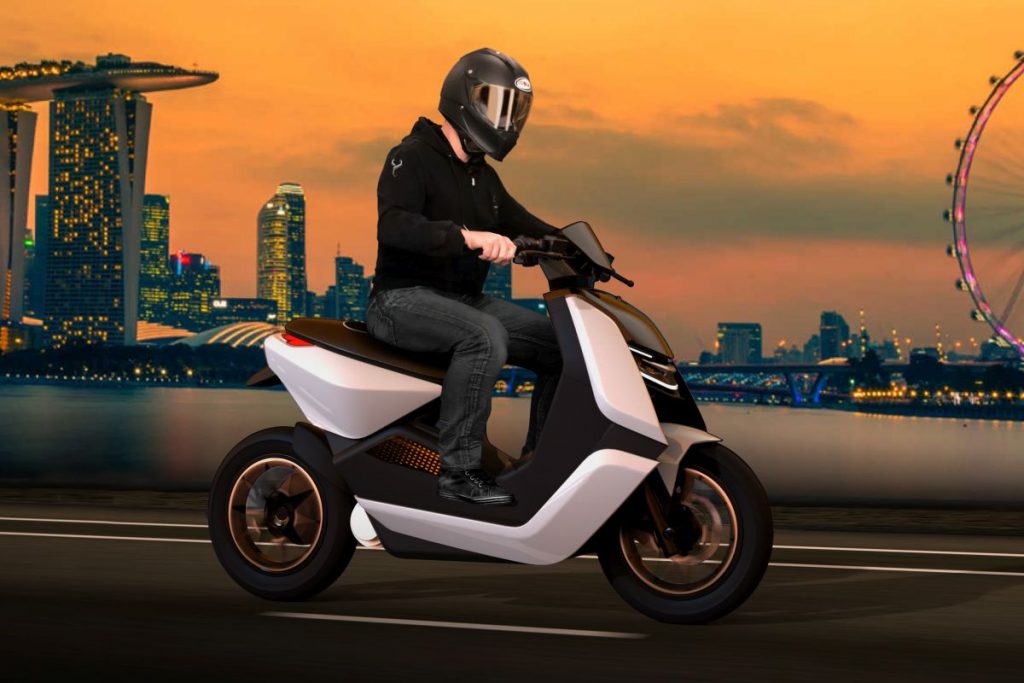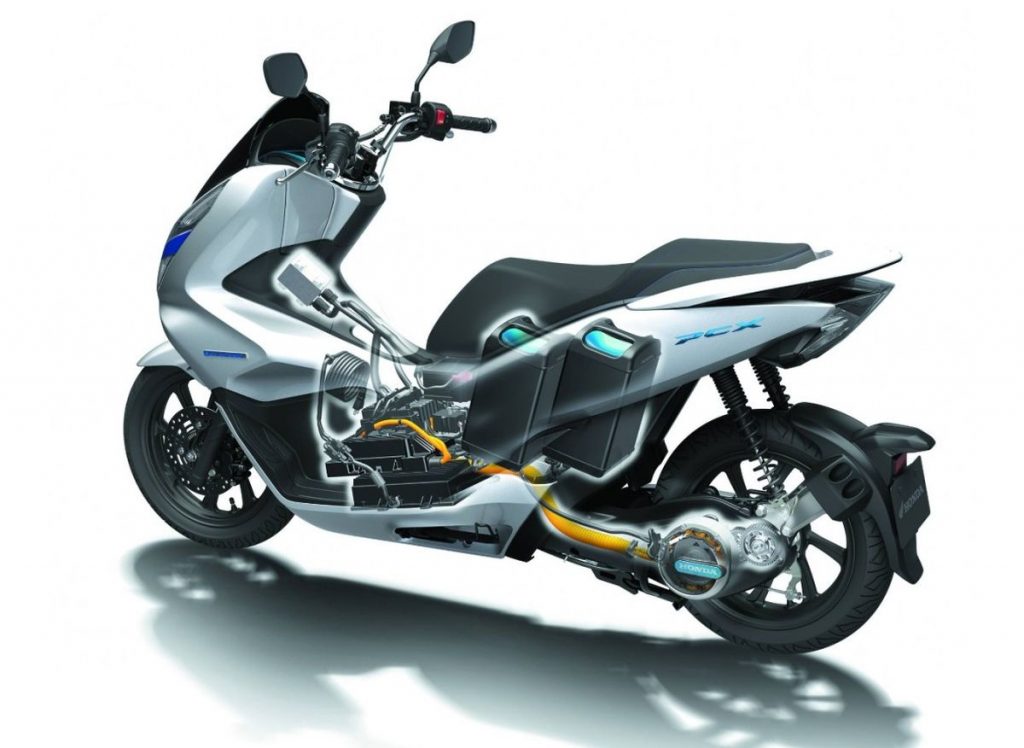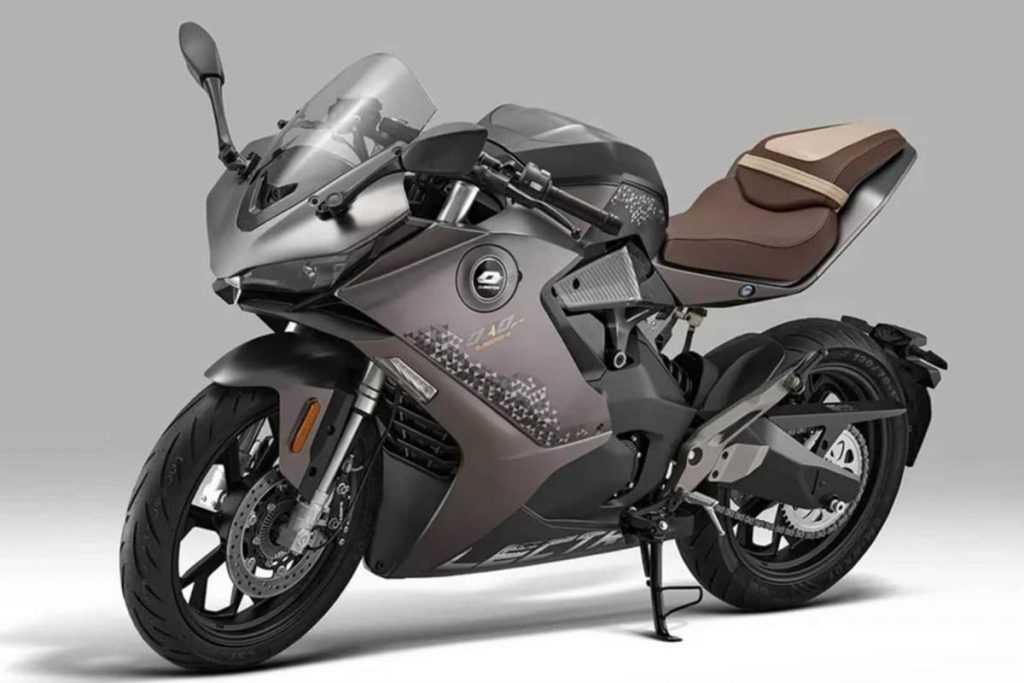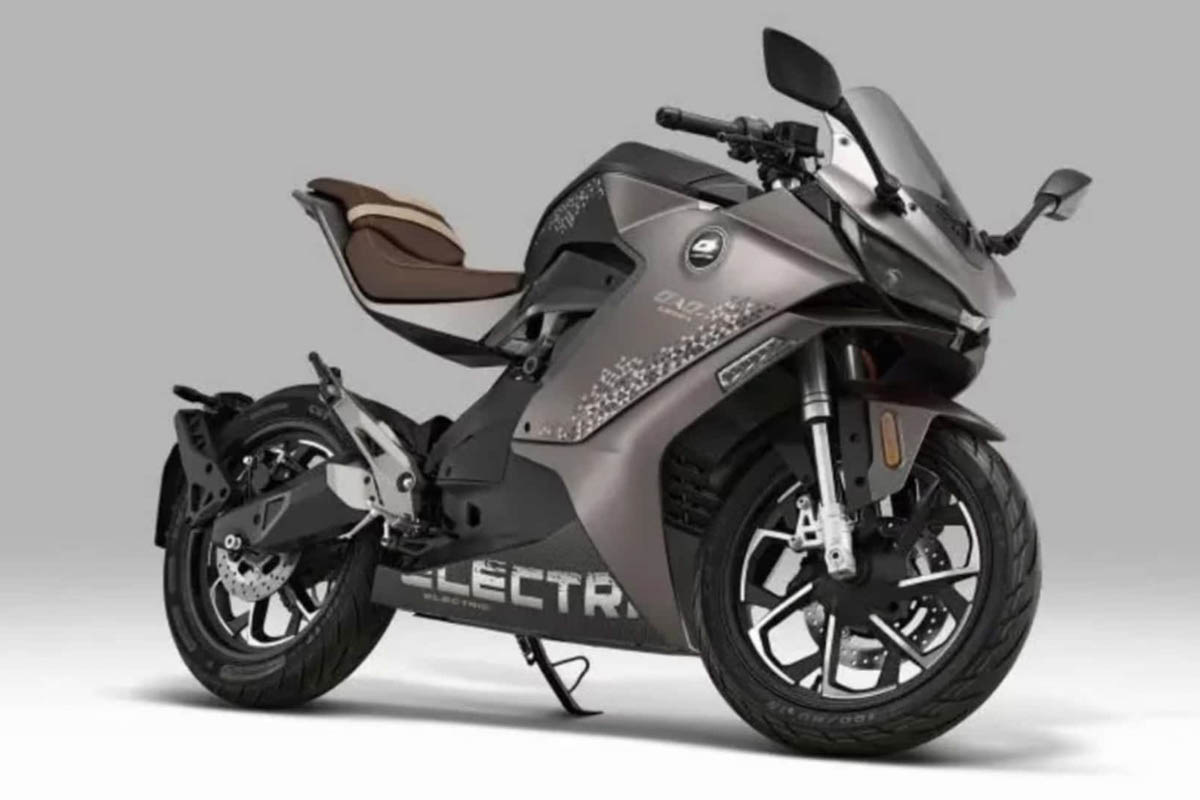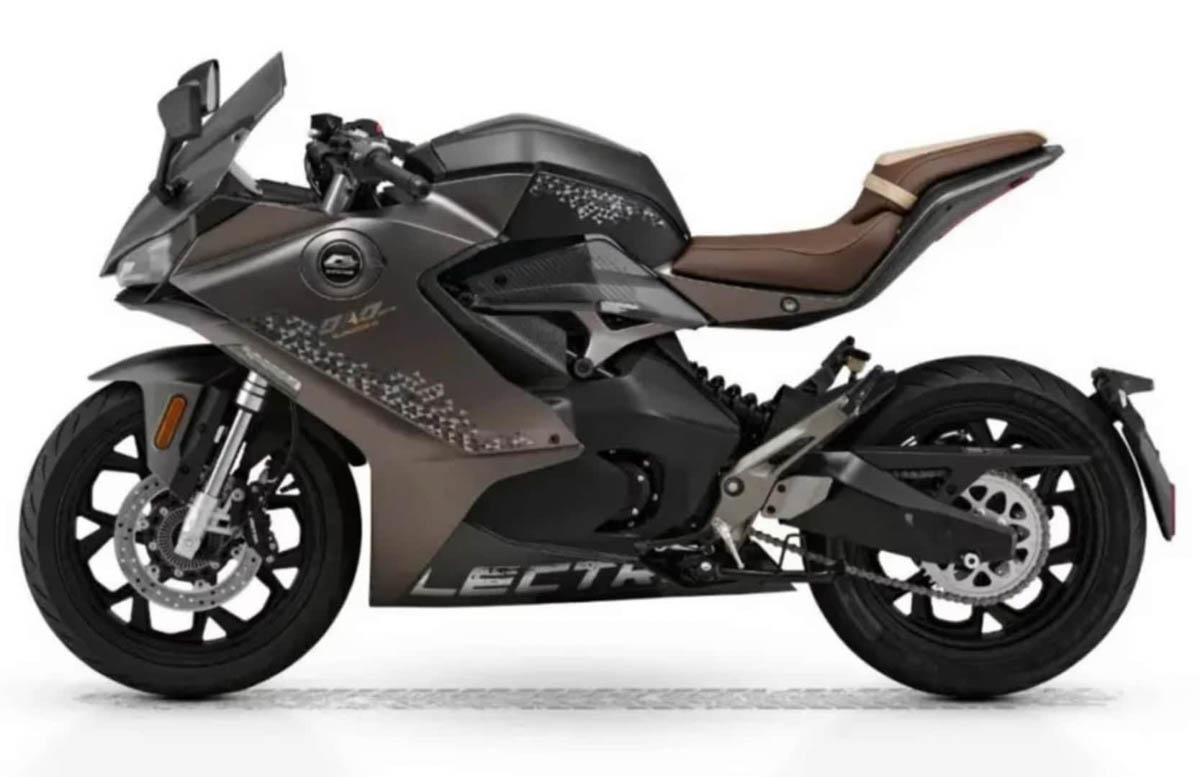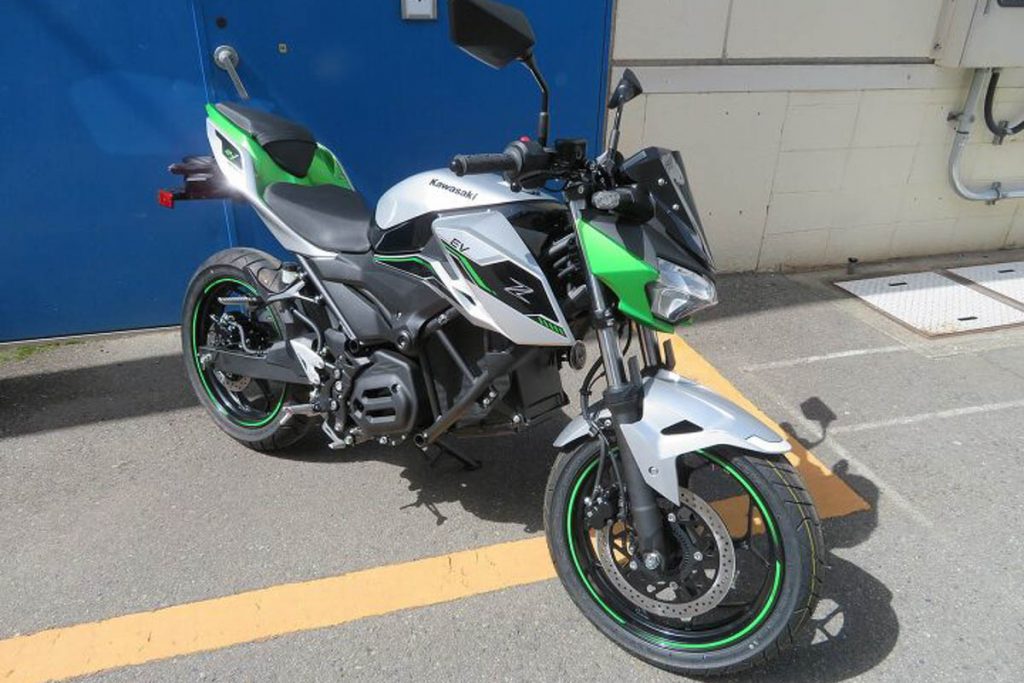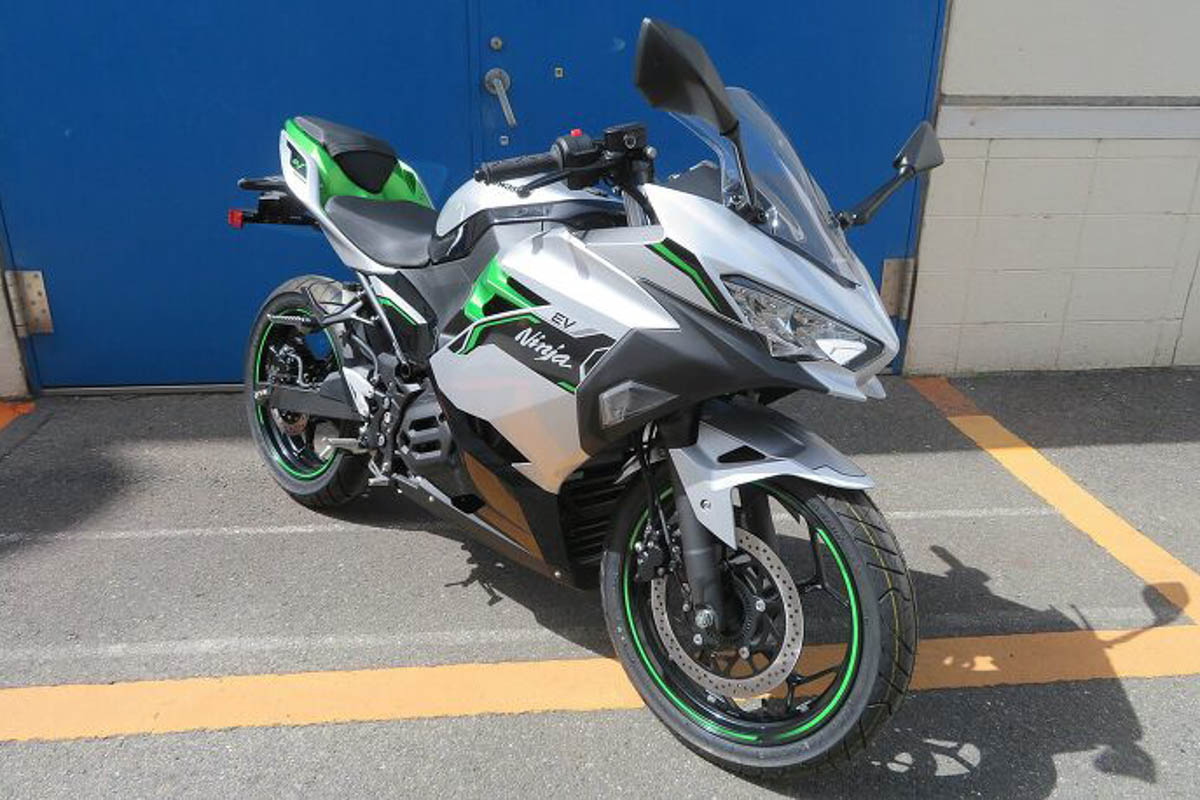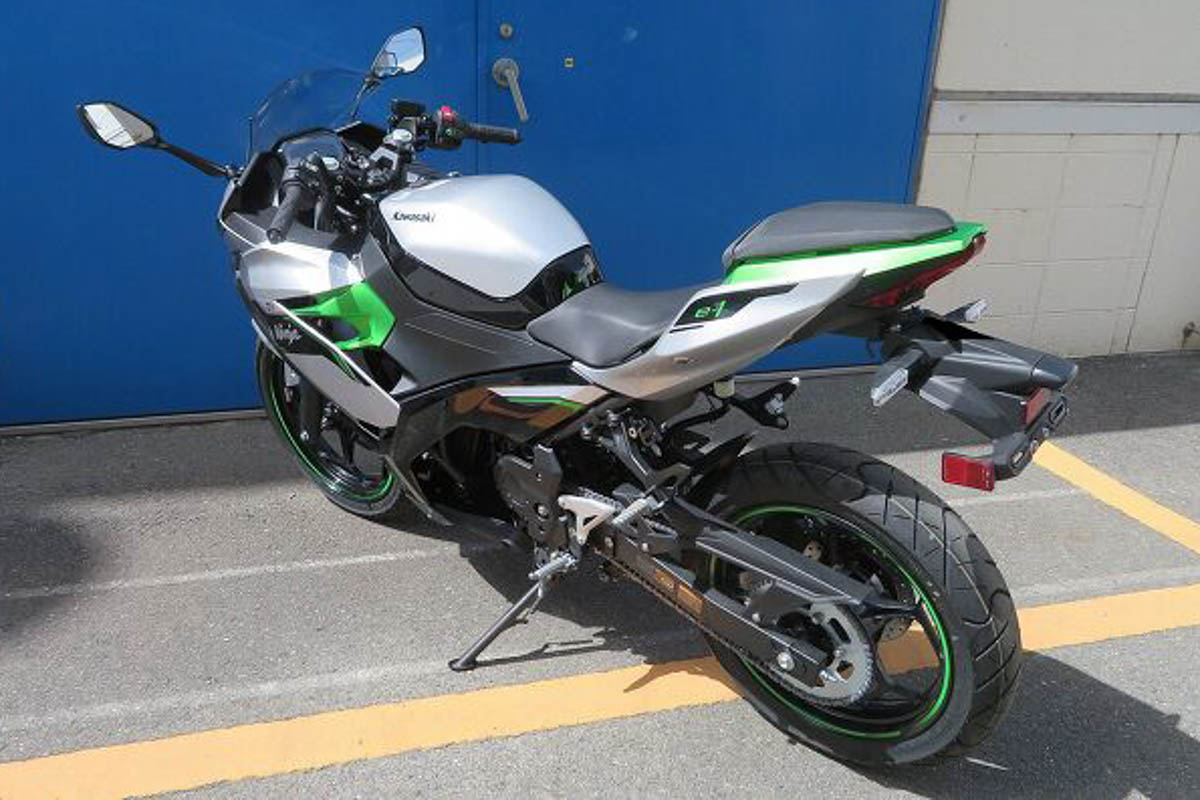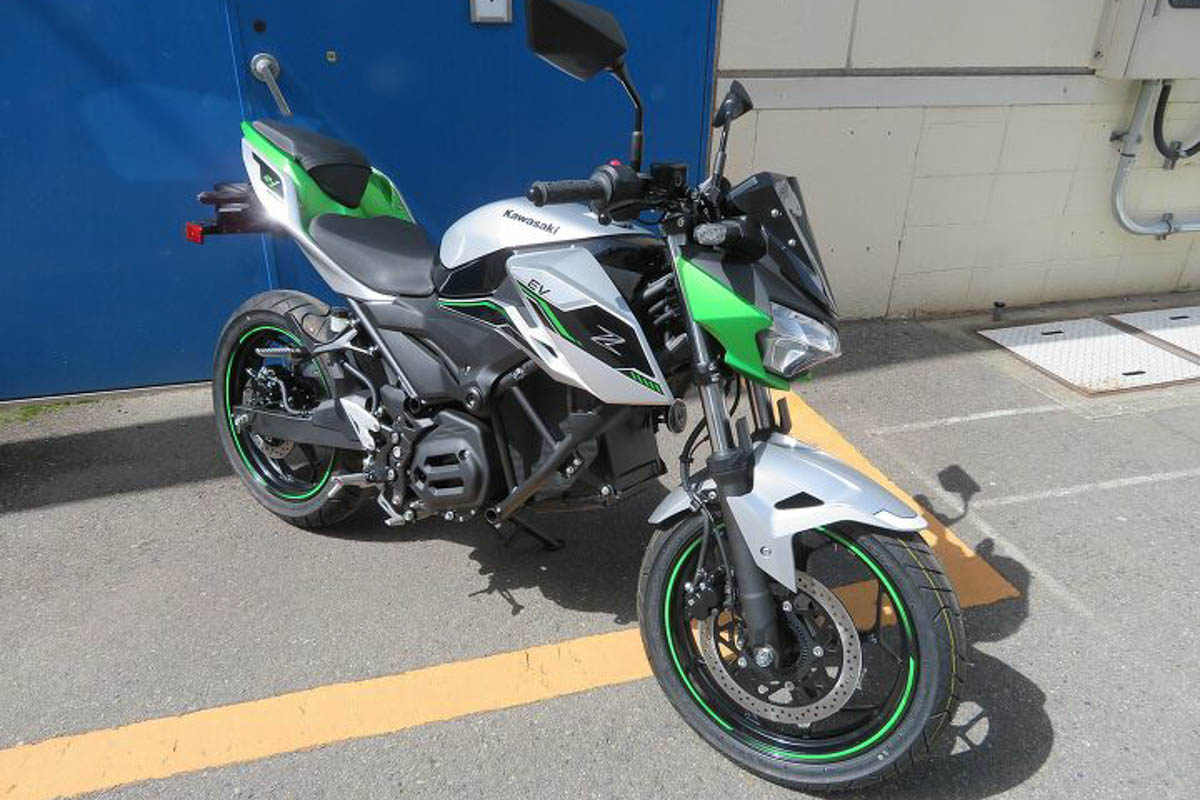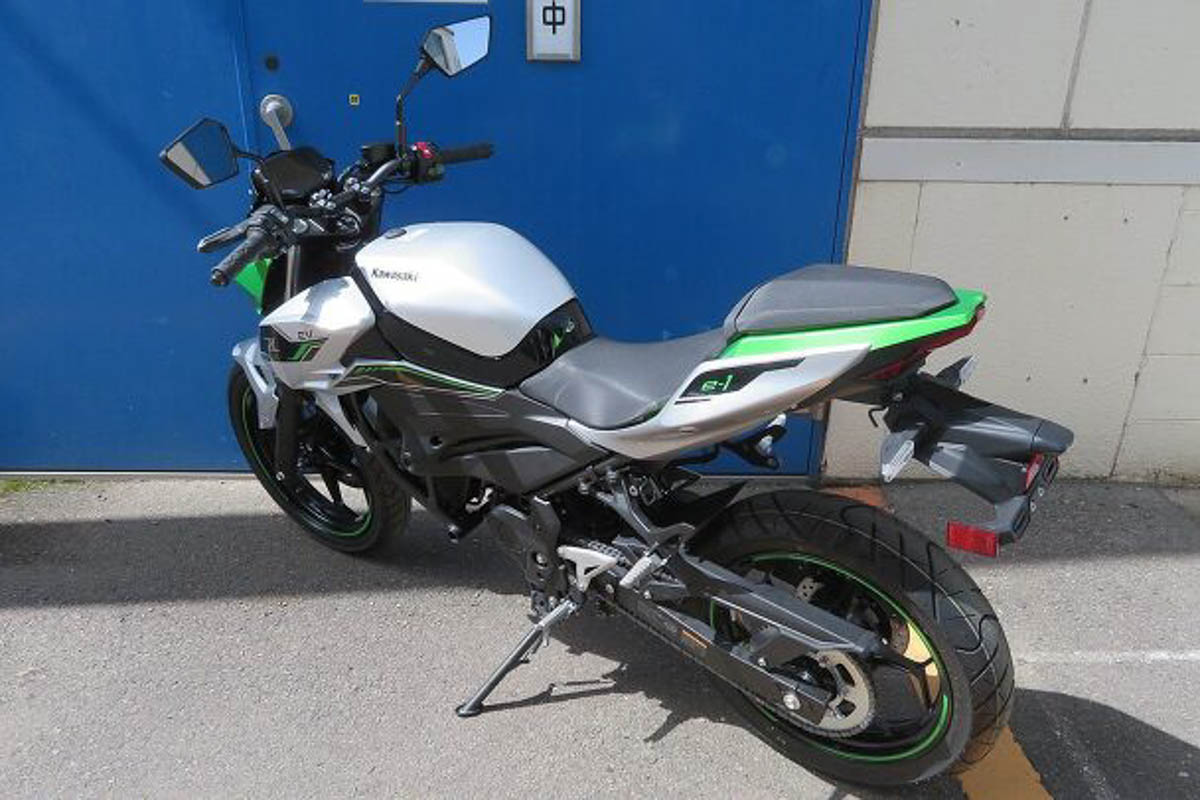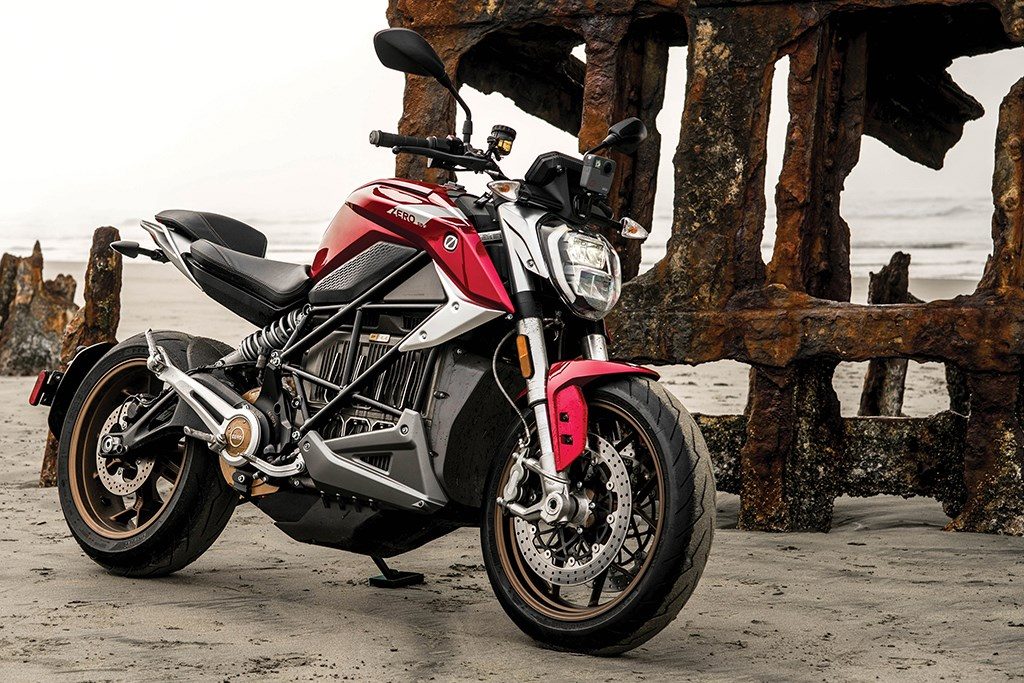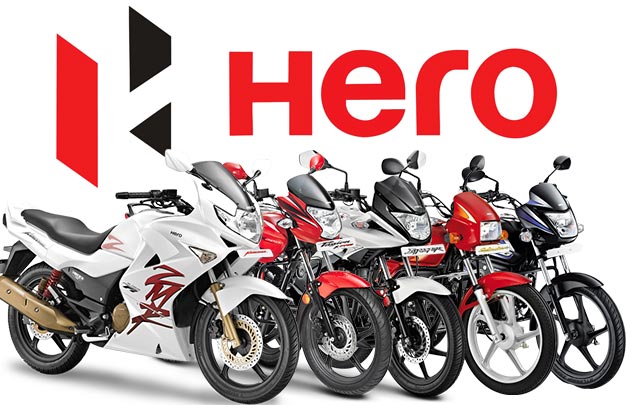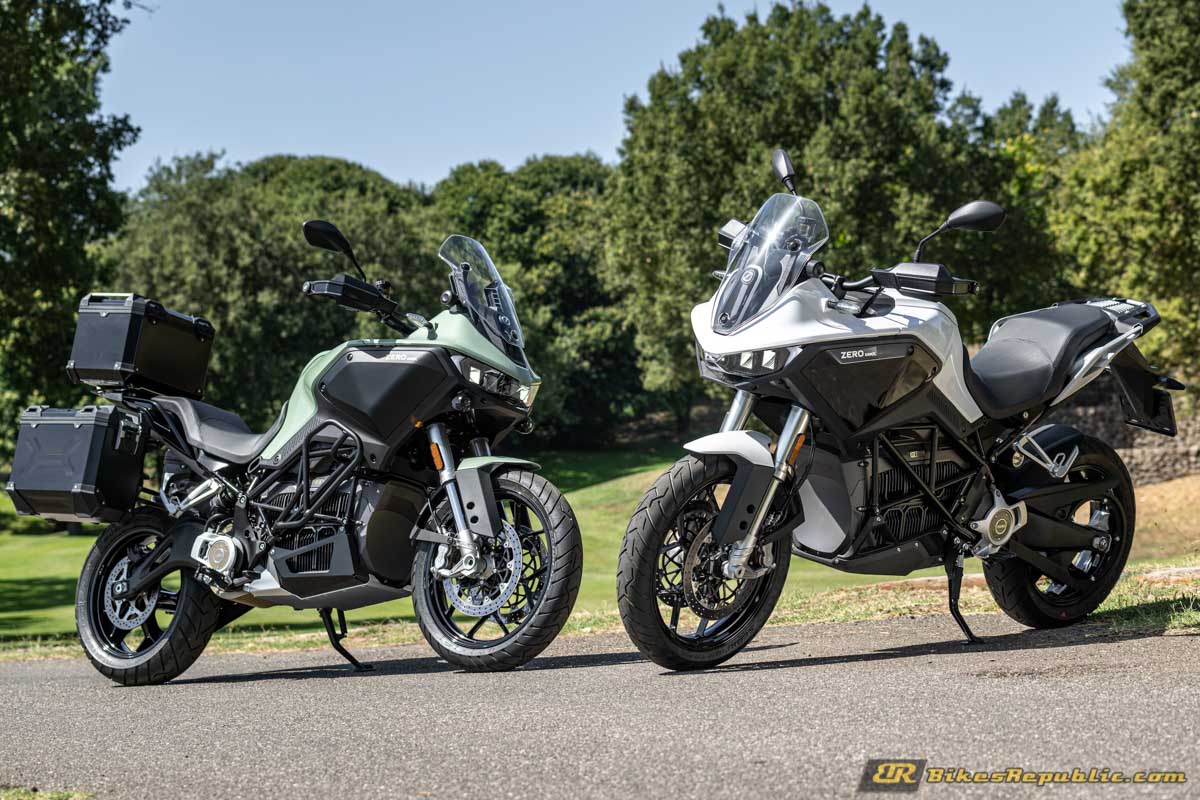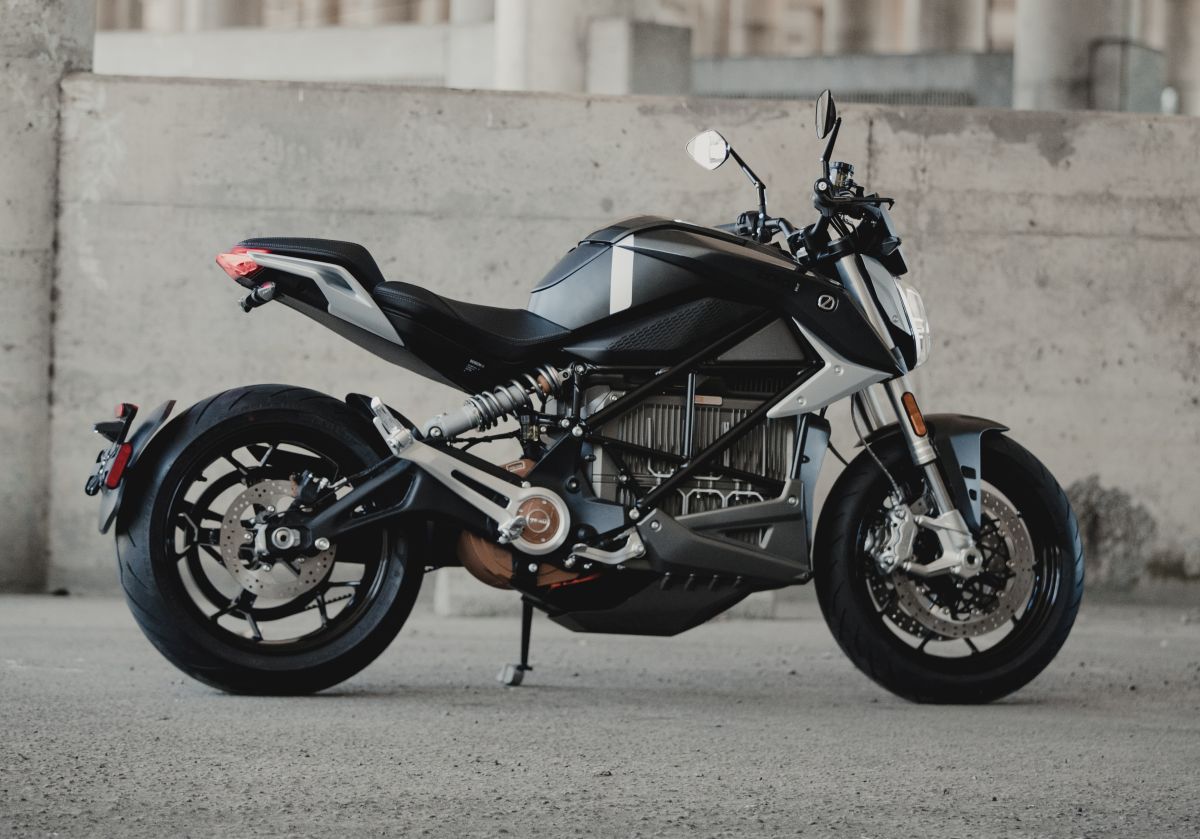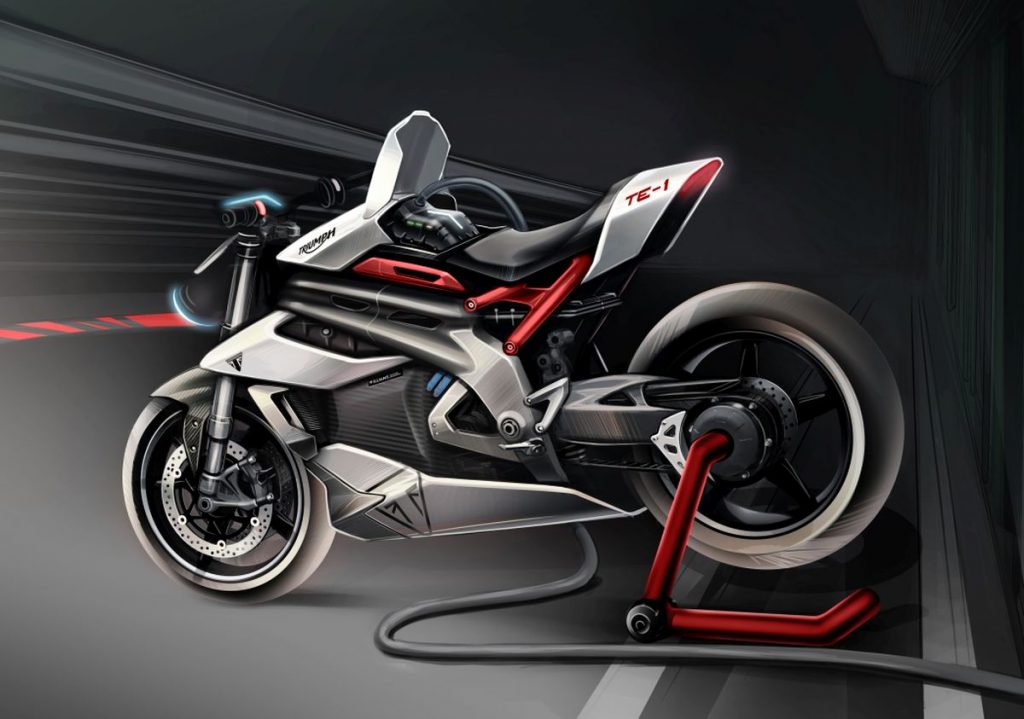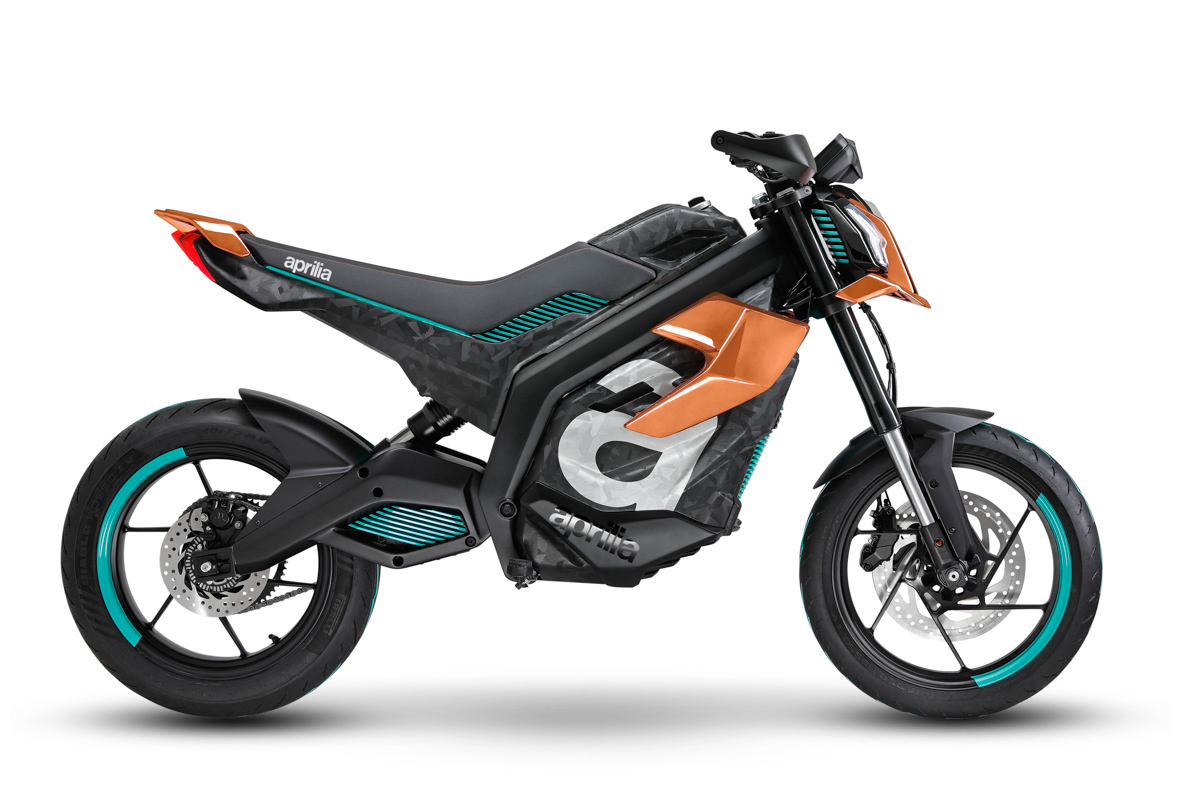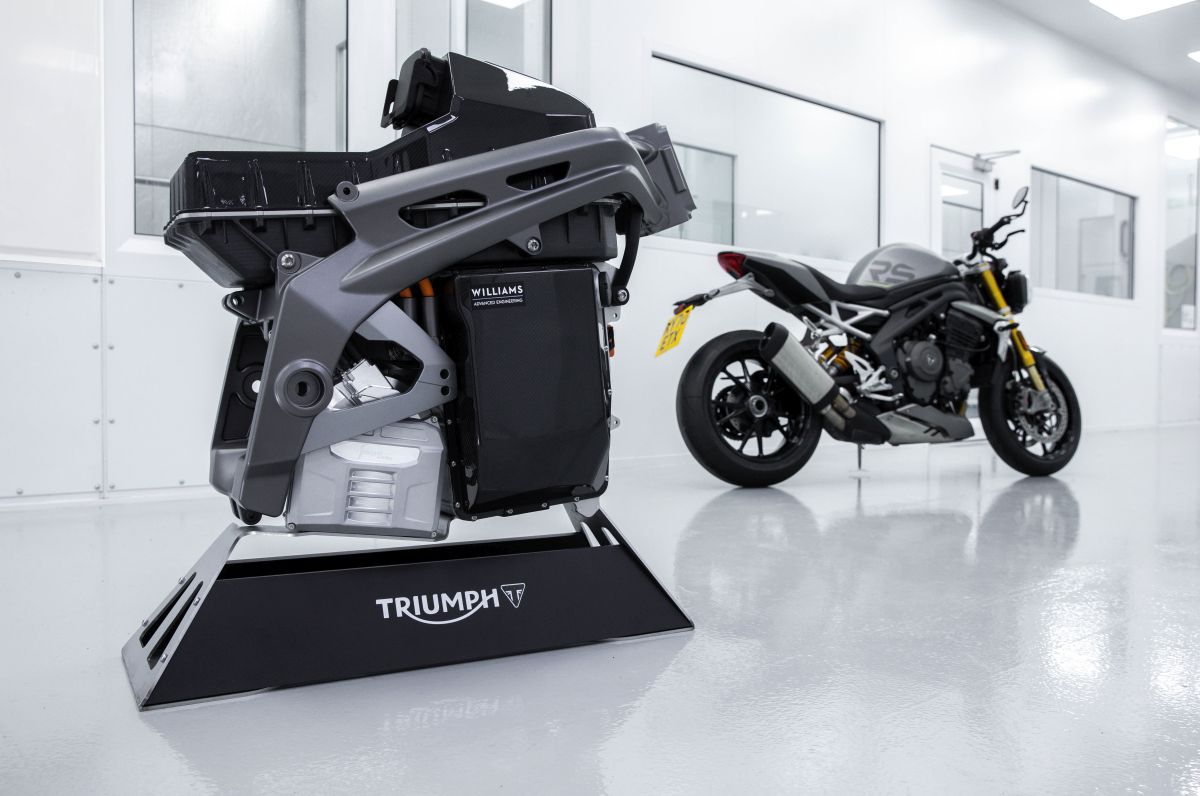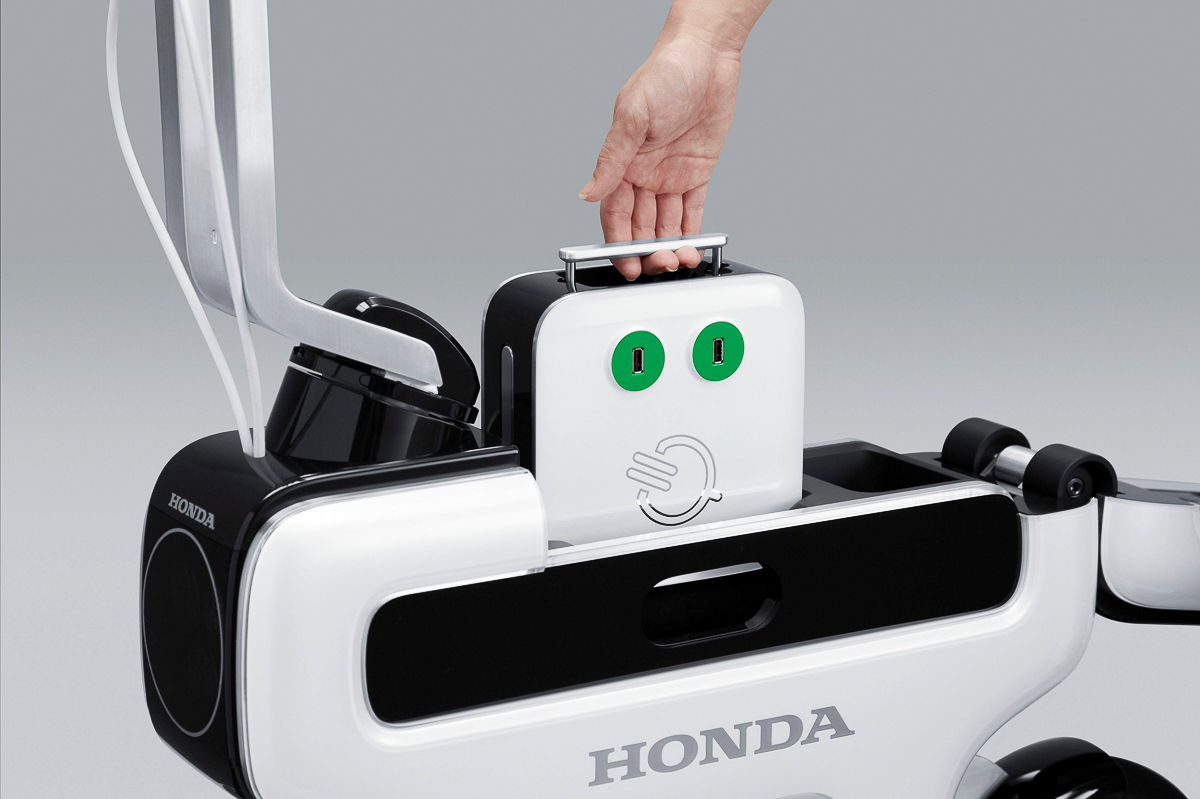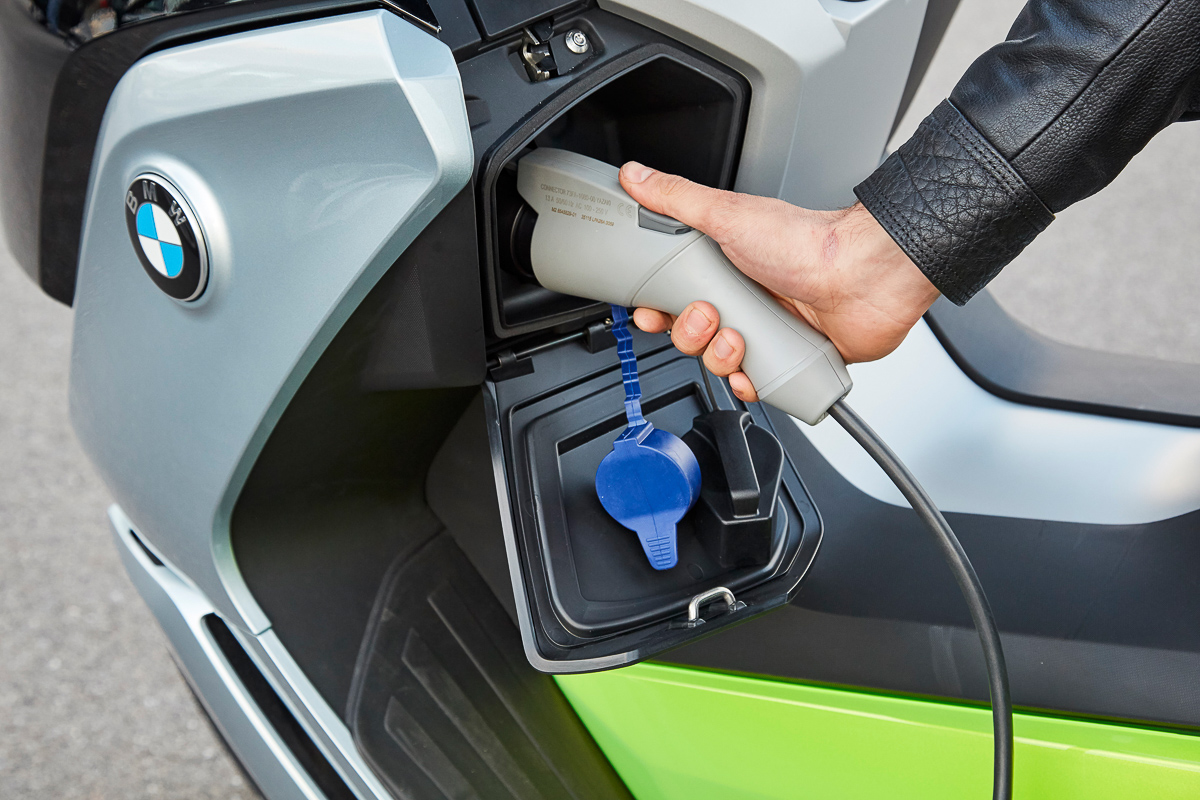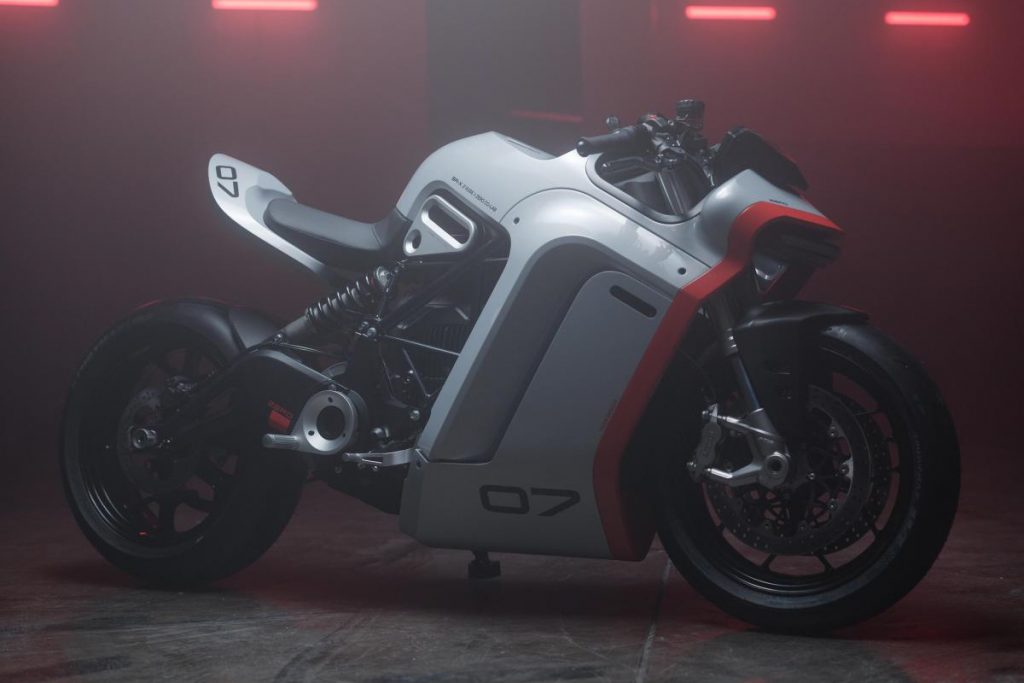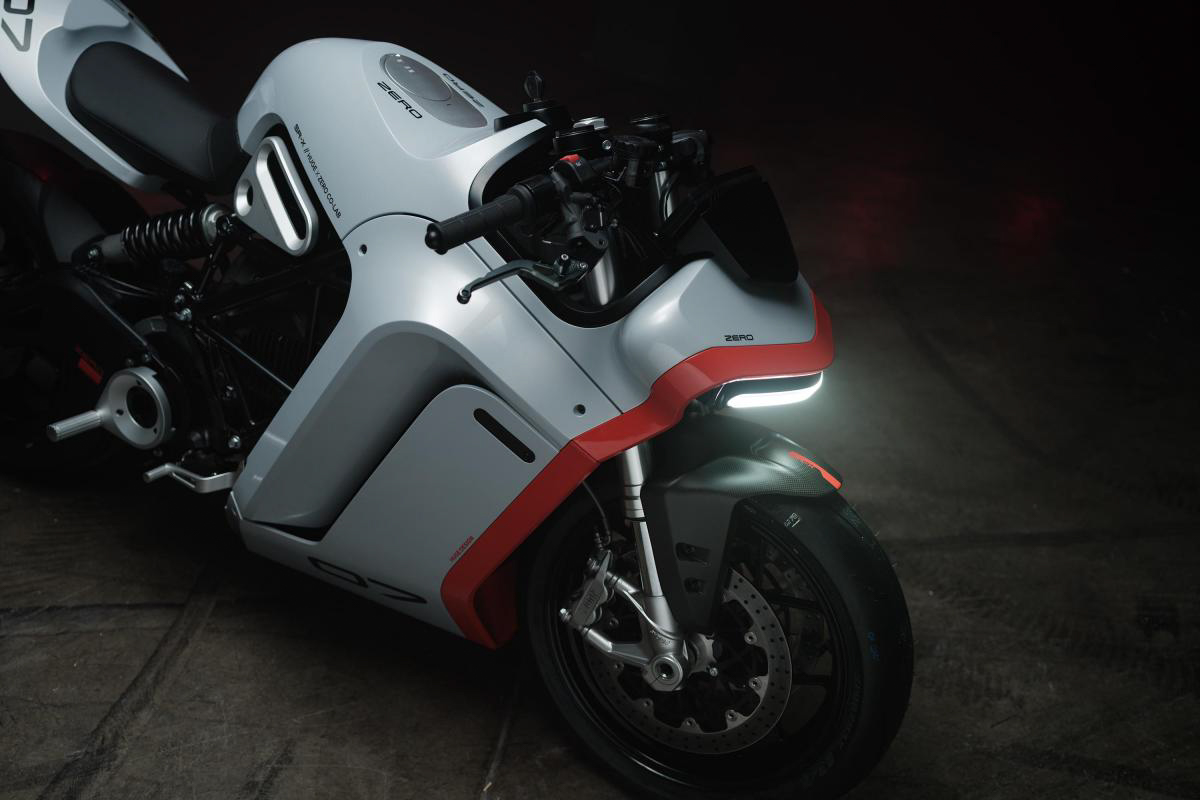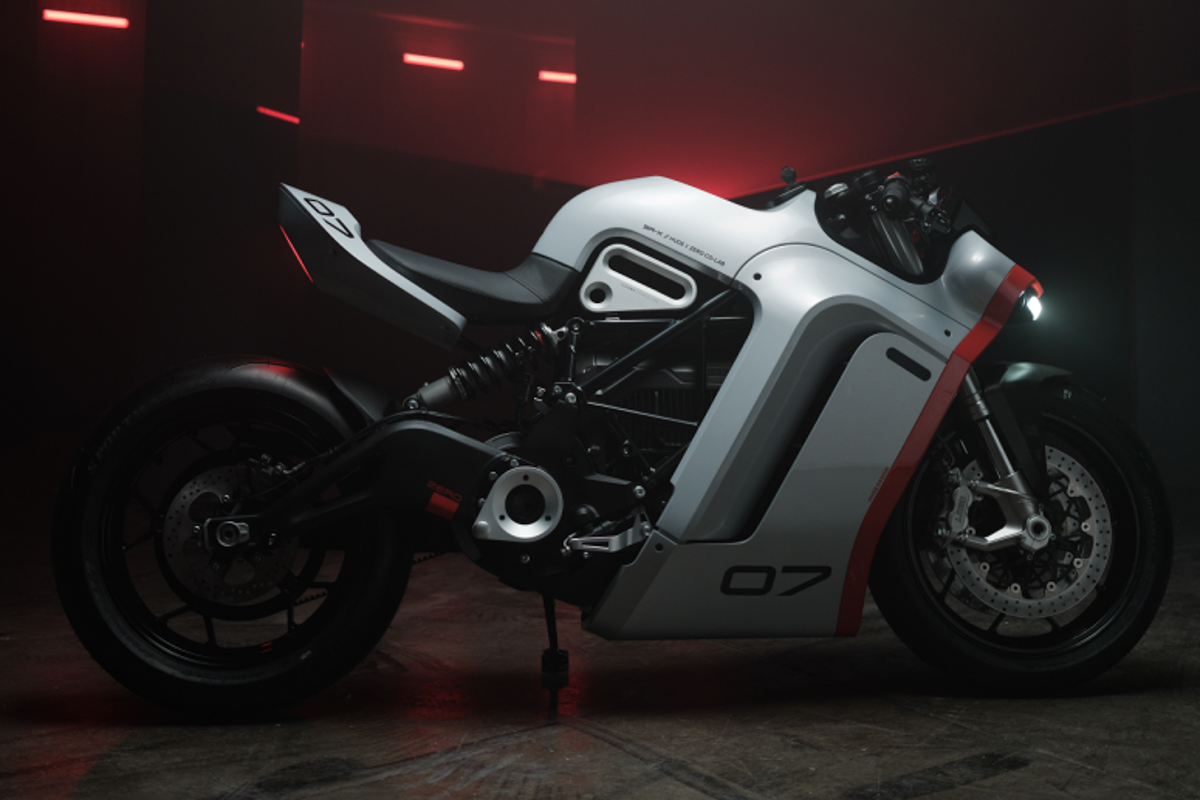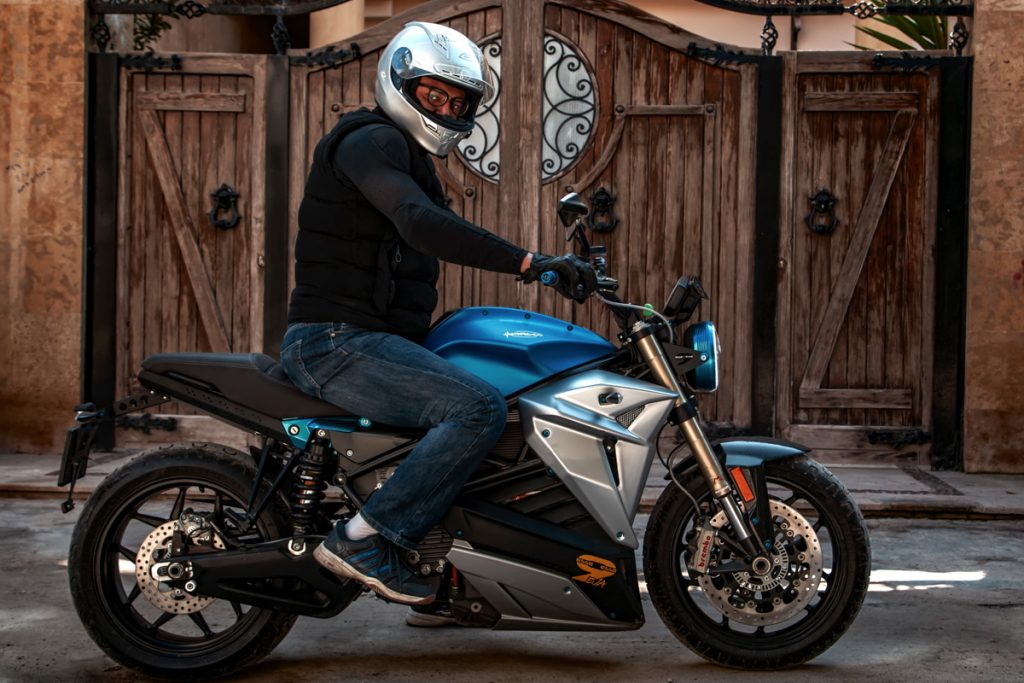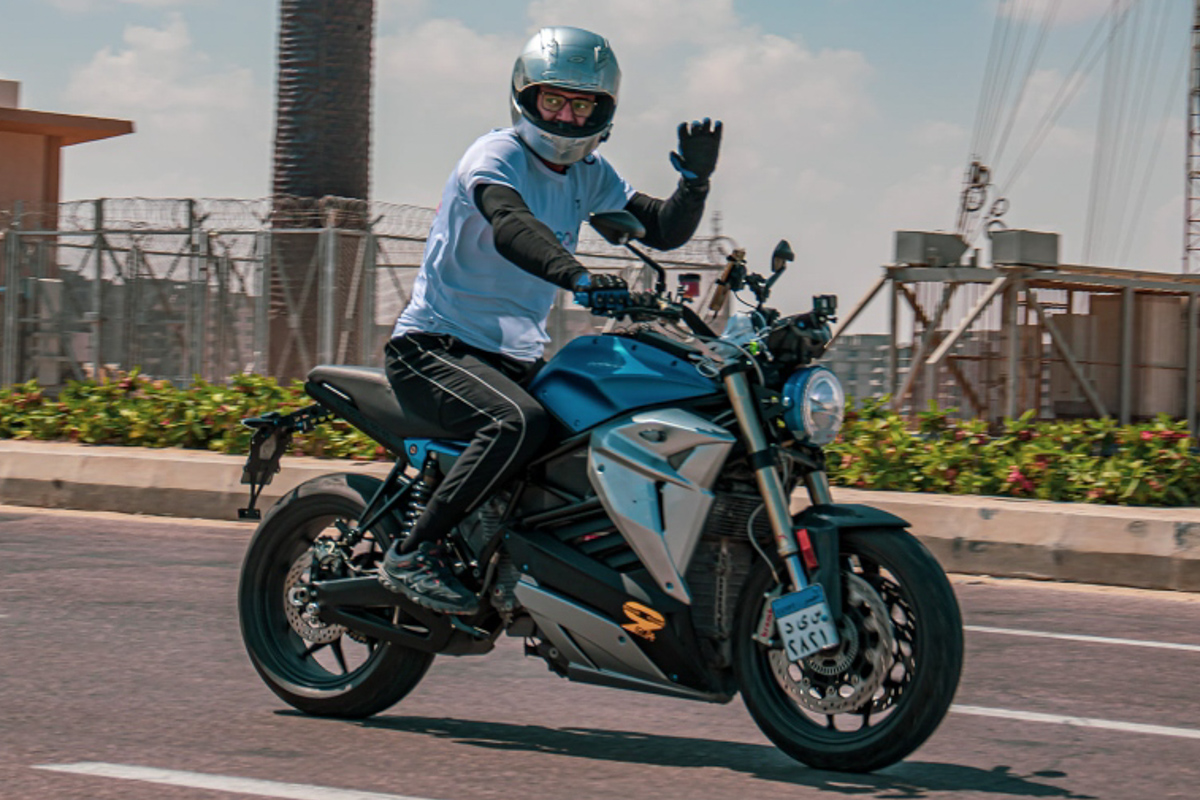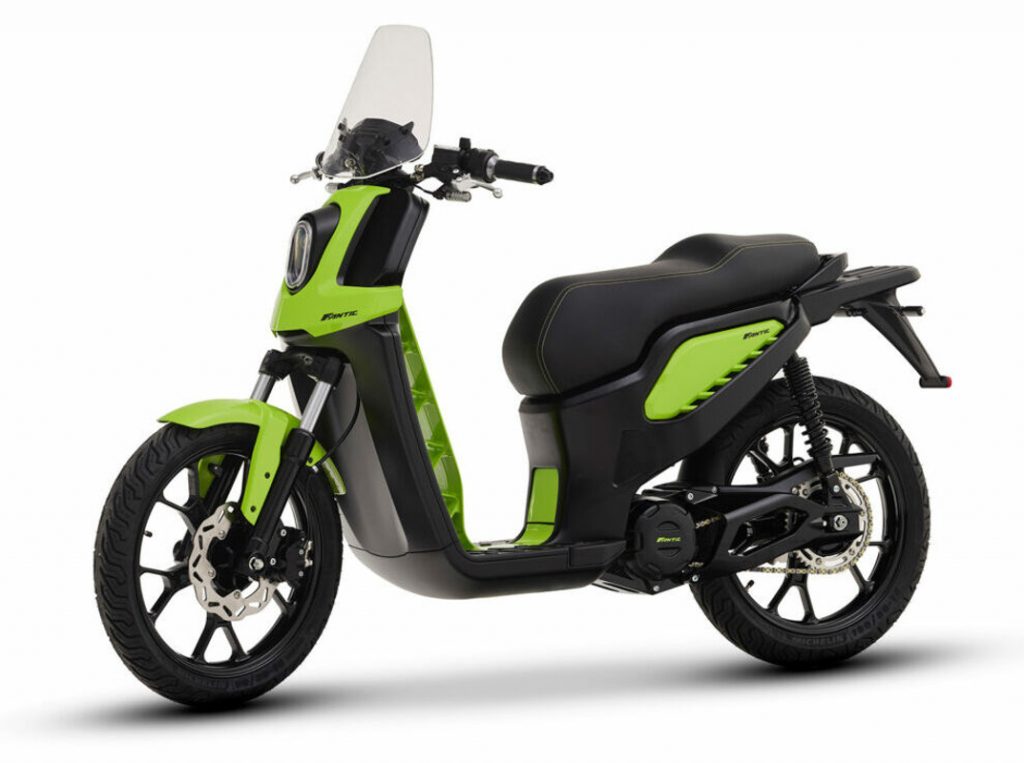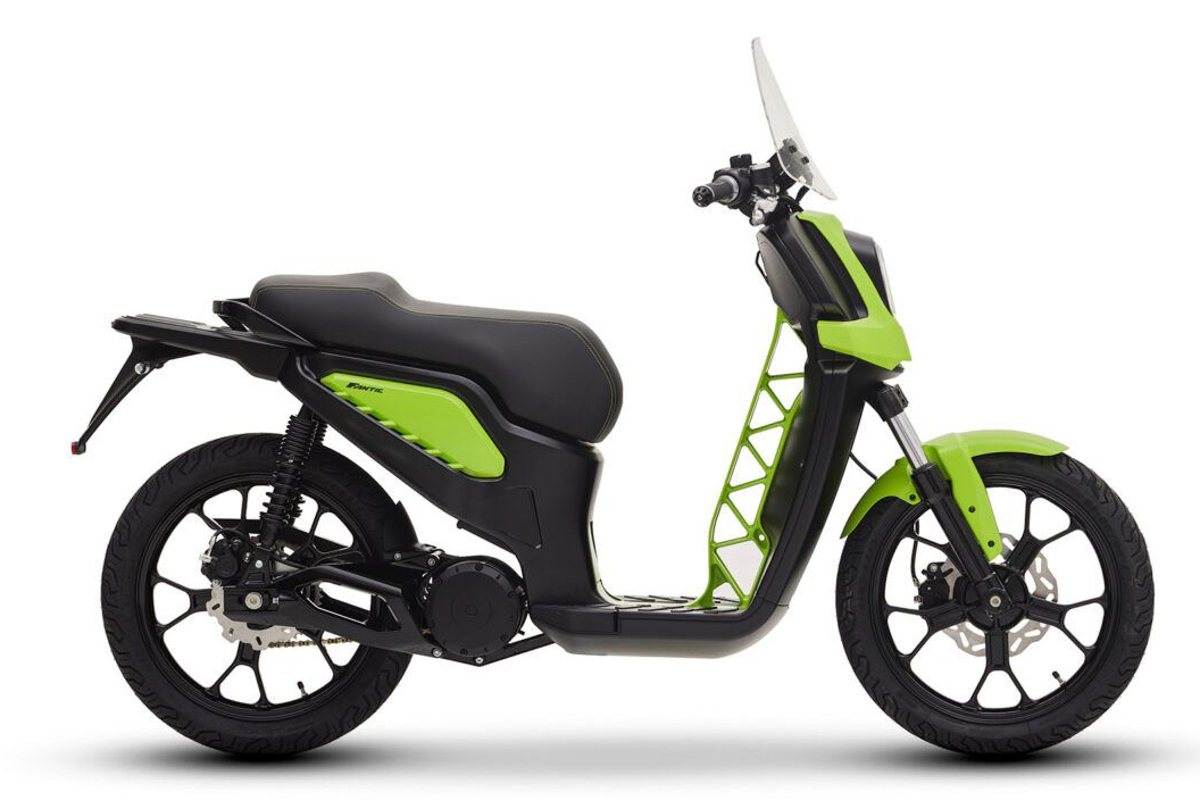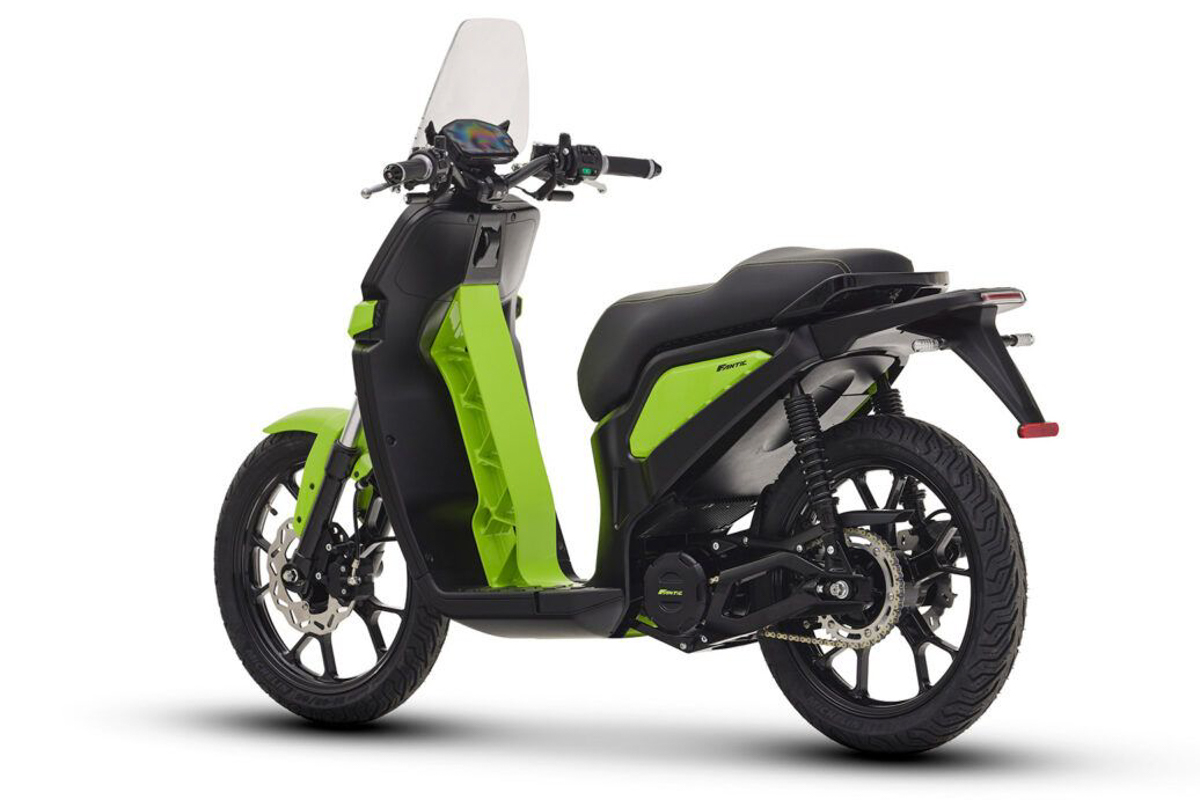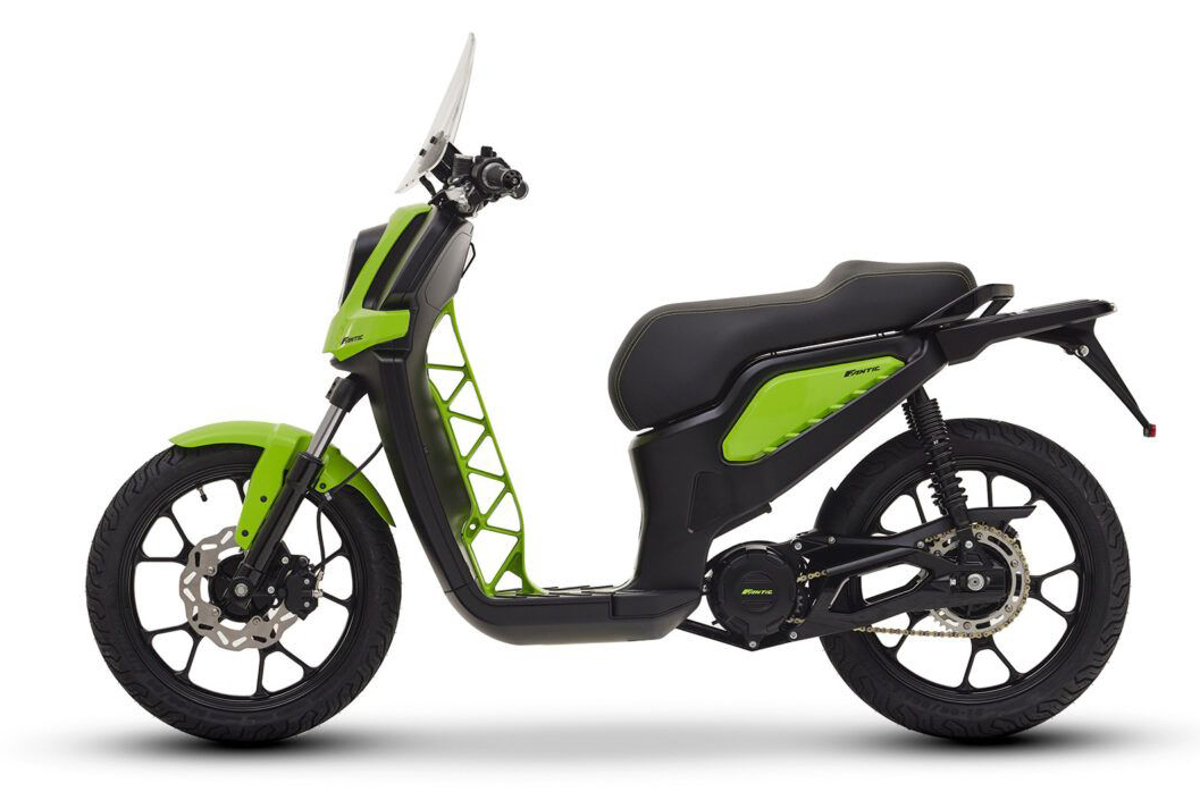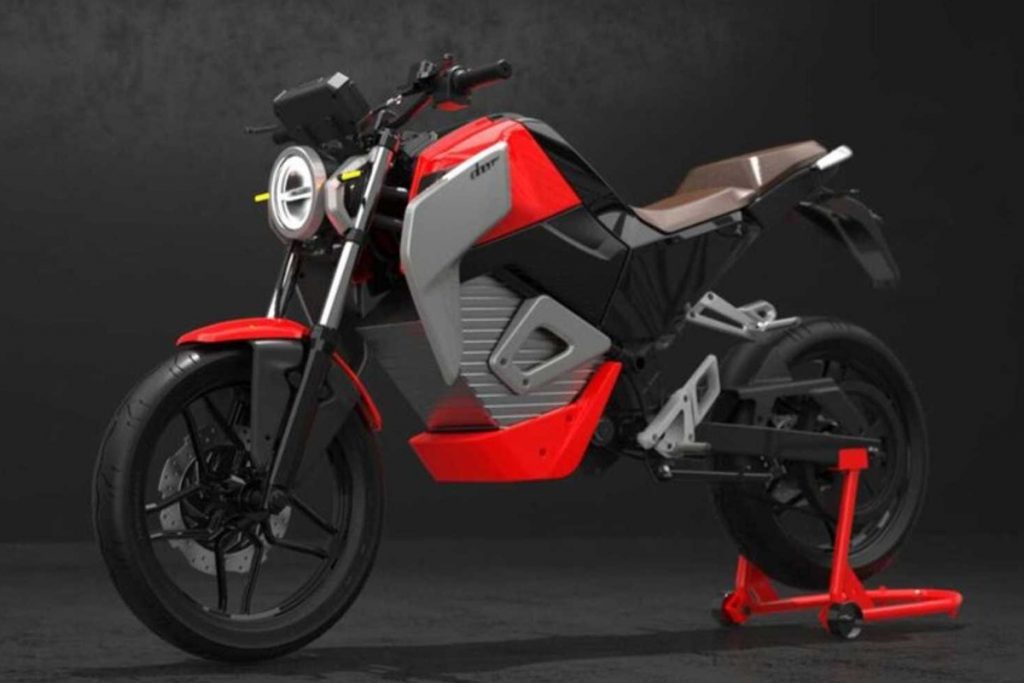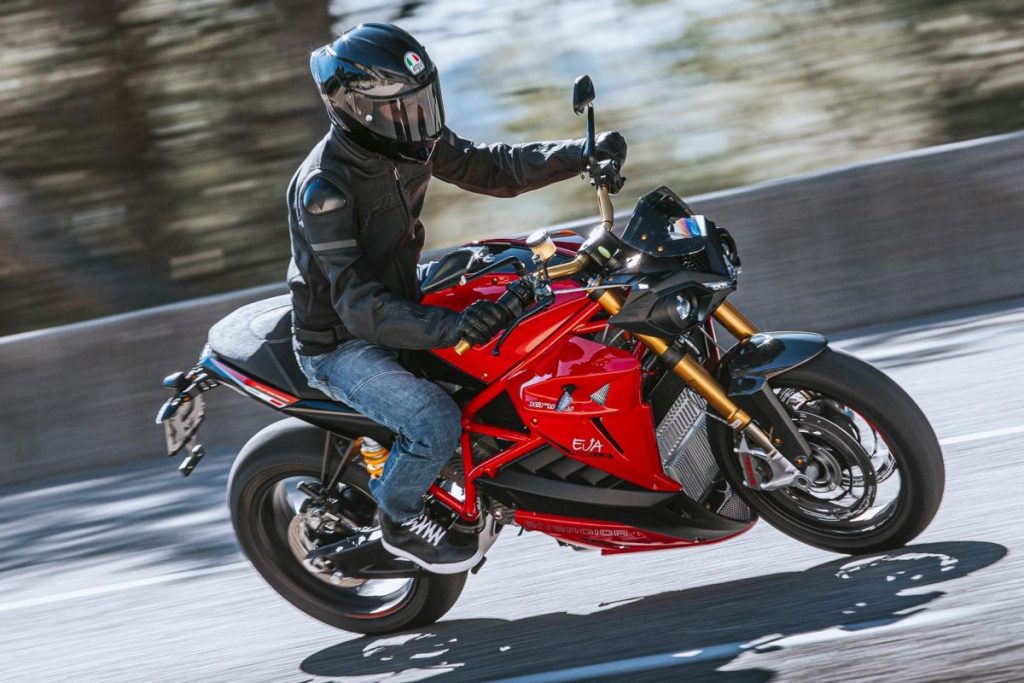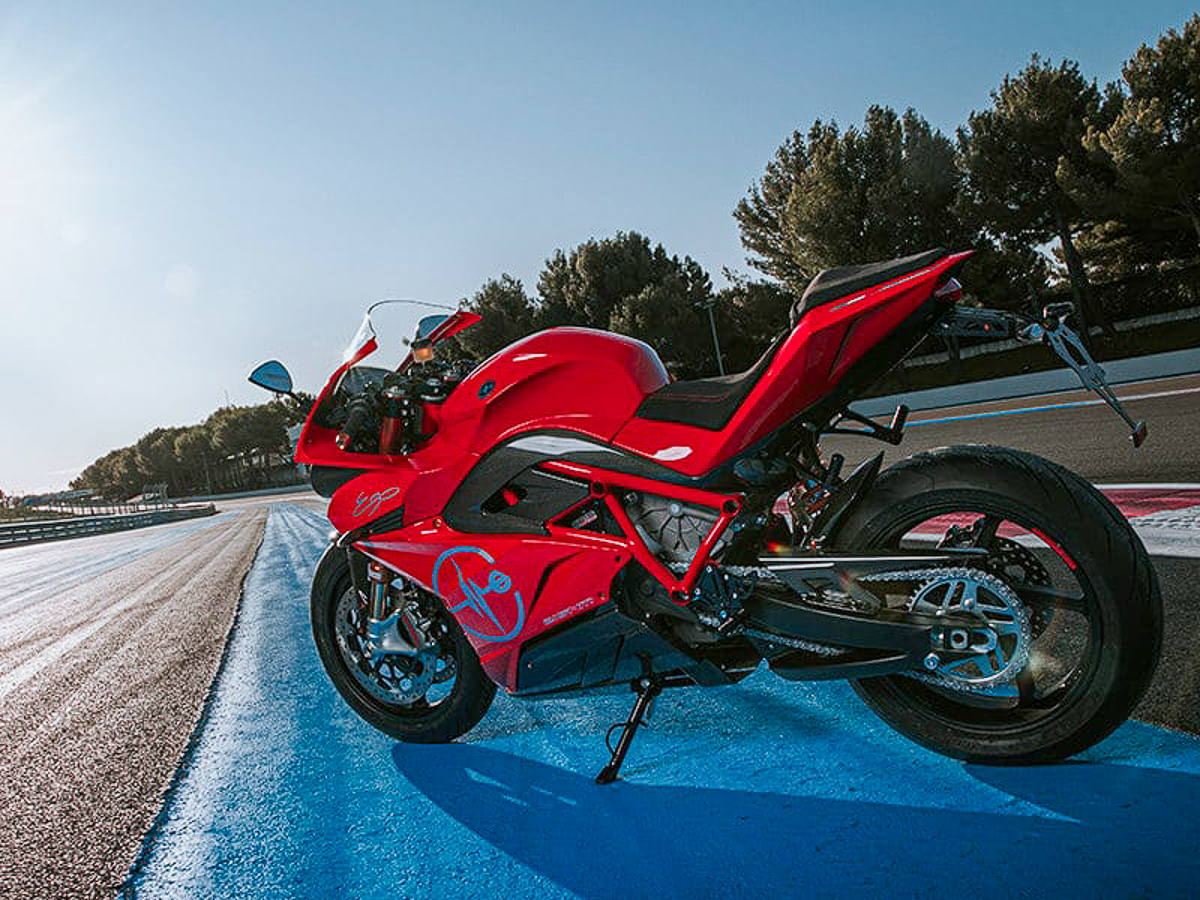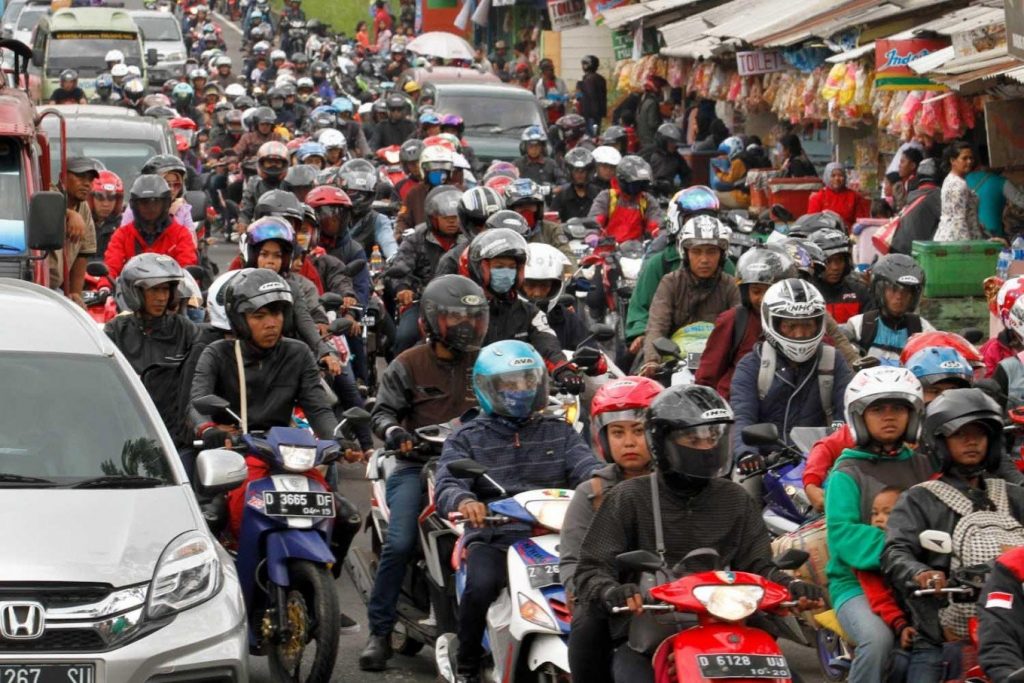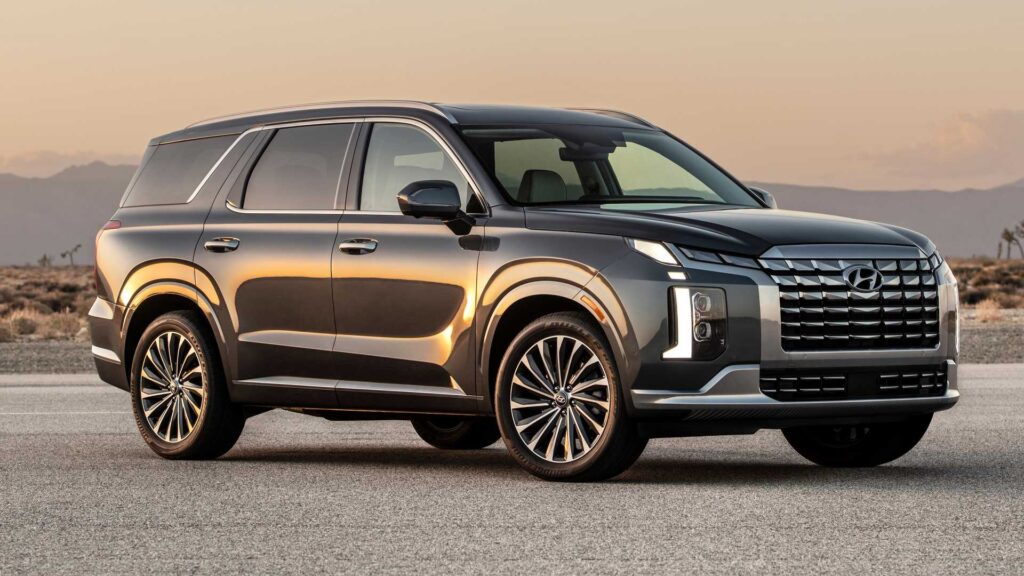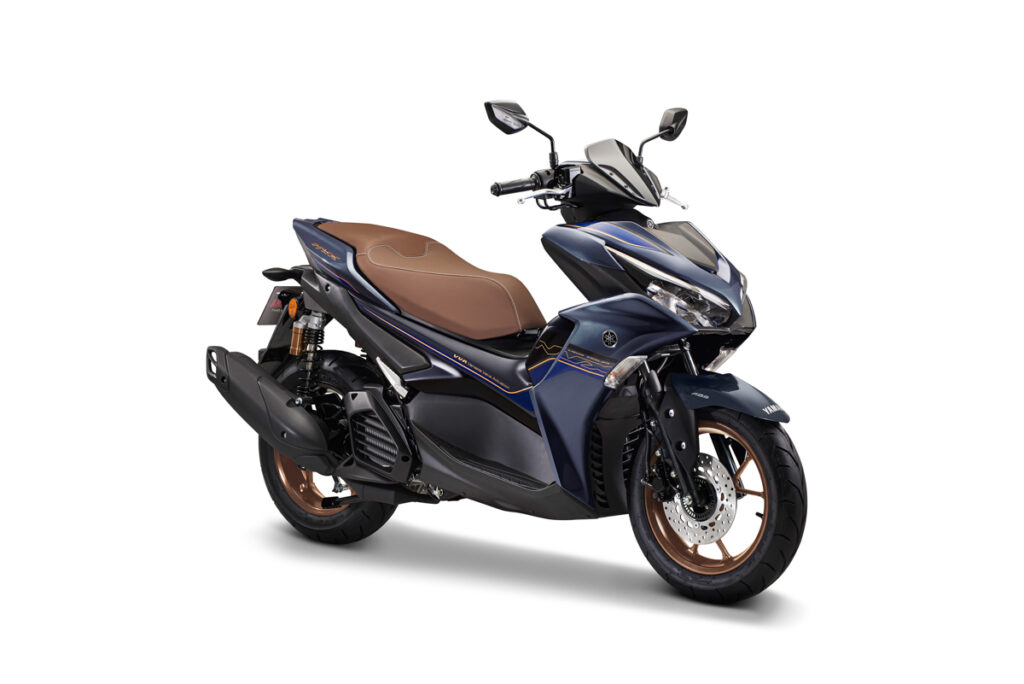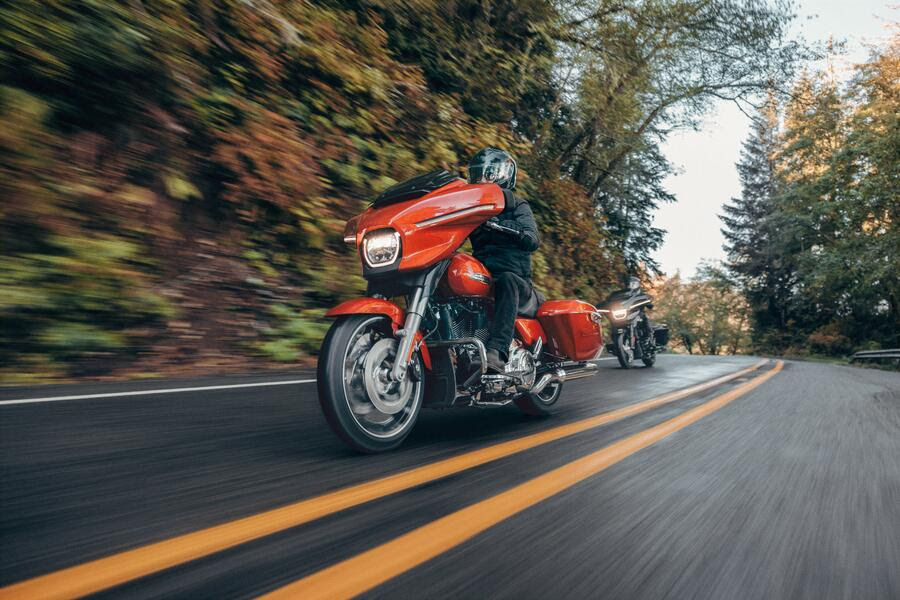Menurut laporan media, ekosistem kenderaan elektrik (EV) di Indonesia semakin berkembang pesat dengan sokongan daripada 48 syarikat motosikal elektrik yang mempunyai kapasiti pengeluaran tahunan sebanyak 1.43 juta unit, menurut Menteri Perindustrian Agus Gumiwang Kartasasmita.
Kartasasmita menyatakan bahawa kementeriannya komited untuk mempercepat pembangunan ekosistem EV melalui penilaian dan penemuan inovatif. Beliau menekankan bahawa inisiatif ini sejajar dengan komitmen kerajaan dalam mengurangkan emisi hijau. Menteri tersebut membuat kenyataan ini semasa pelancaran Indonesia Motorcycle Show (IMOS+) di ICE BSD, Tangerang.
Pada September 2023, data pendaftaran kenderaan elektrik berasaskan bateri (KBLBB) di Indonesia menunjukkan bahawa sebanyak 66,978 motosikal elektrik telah didaftarkan. Kartasasmita mencatat bahawa kerajaan sedang mengambil langkah untuk merangsang penggunaan KBLBB dua roda. Ini termasuk memberikan bantuan kewangan.
Berdasarkan Peraturan Menteri Perindustrian Nombor 6 tahun 2023, bersama dengan Nombor 21 tahun 2023, kerajaan menawarkan diskaun sebanyak Rp7 juta untuk setiap pembelian unit KBLBB dua roda dengan tahap komponen tempatan (TKDN) sekurang-kurangnya 40 peratus. Bantuan ini boleh diakses oleh warganegara Indonesia yang berumur sekurang-kurangnya 17 tahun dan mempunyai nombor pengenalan.
Kartasasmita juga mengungkapkan bahawa sebanyak 16 syarikat industri KBLBB dua roda telah mendaftar sebagai peserta program, dengan 38 model yang tersedia di platform pengedaran program bantuan. Hingga Oktober 20, lebih daripada 7,500 individu telah memanfaatkan insentif ini. Menteri berharap sokongan ini akan merangsang lebih ramai orang untuk merangkul ekosistem KBLBB dua roda, selaras dengan komitmen negara untuk mengurangkan emisi karbon.
Dalam tempoh Januari hingga September 2023, Indonesia telah menjual sebanyak 4.7 juta kenderaan beroda dua domestik, dengan 428 ribu unit dieksport (CBU). Ini merupakan peningkatan yang signifikan berbanding dengan tempoh yang sama pada tahun 2022 di mana jualan domestik mencapai 3.6 juta unit dan 568 ribu unit dieksport. Secara keseluruhannya, Indonesia menjual 5.2 juta unit domestik pada tahun 2022, dengan eksport mencapai 643 ribu unit.
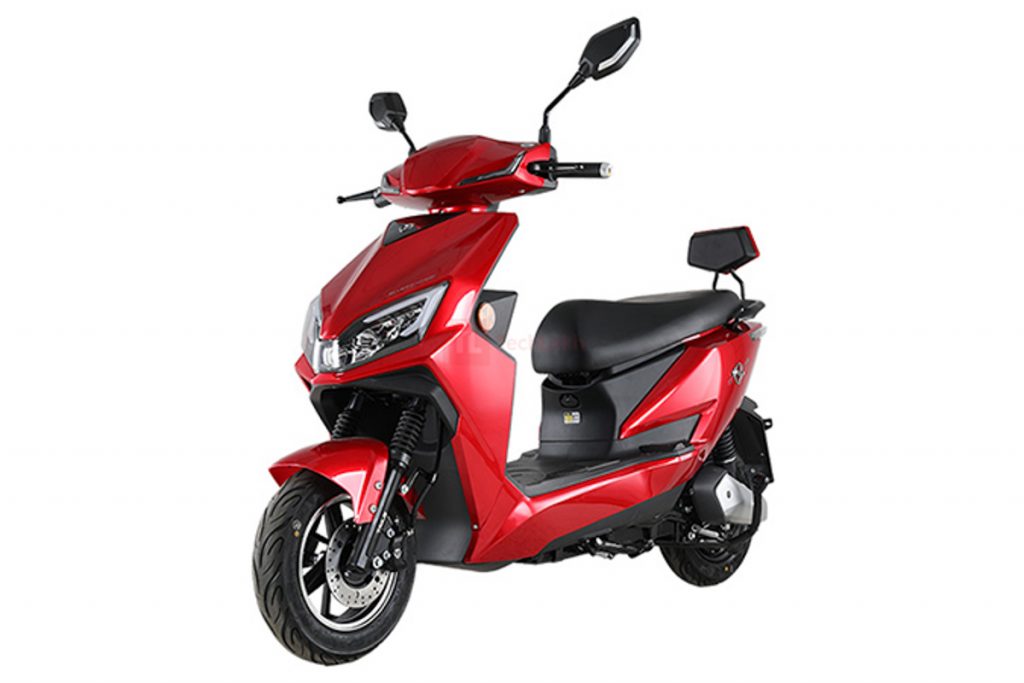
Kartasasmita menekankan bahawa sasaran jualan domestik untuk motosikal pada tahun 2023 adalah sebanyak 6.1 juta unit. Walaupun daya beli pasaran global yang lemah, kerajaan dengan aktif mendorong eksport untuk mencapai atau melebihi angka tahun 2022. Pasaran eksport yang berkembang akan menunjukkan sumbangan sektor automotif kepada imbangan perdagangan Indonesia.
Dalam ucapannya, Kartasasmita juga menekankan pentingnya penglibatan dan pendidikan kepada orang awam mengenai motosikal elektrik. Inisiatif seperti IMOS+ memainkan peranan penting dalam meningkatkan kesedaran dan mendidik orang awam tentang kelebihan kenderaan elektrik. Selain itu, industri pengangkutan merangkumi pelbagai sub-sektor penyokong termasuk tayar, kaca, bateri, bateri elektrik, topi keledar, dan pakaian. Sub-sektor ini mempunyai potensi untuk meningkatkan nilai tambah kepada Keluaran Dalam Negara Kasar (KDNK) Indonesia.
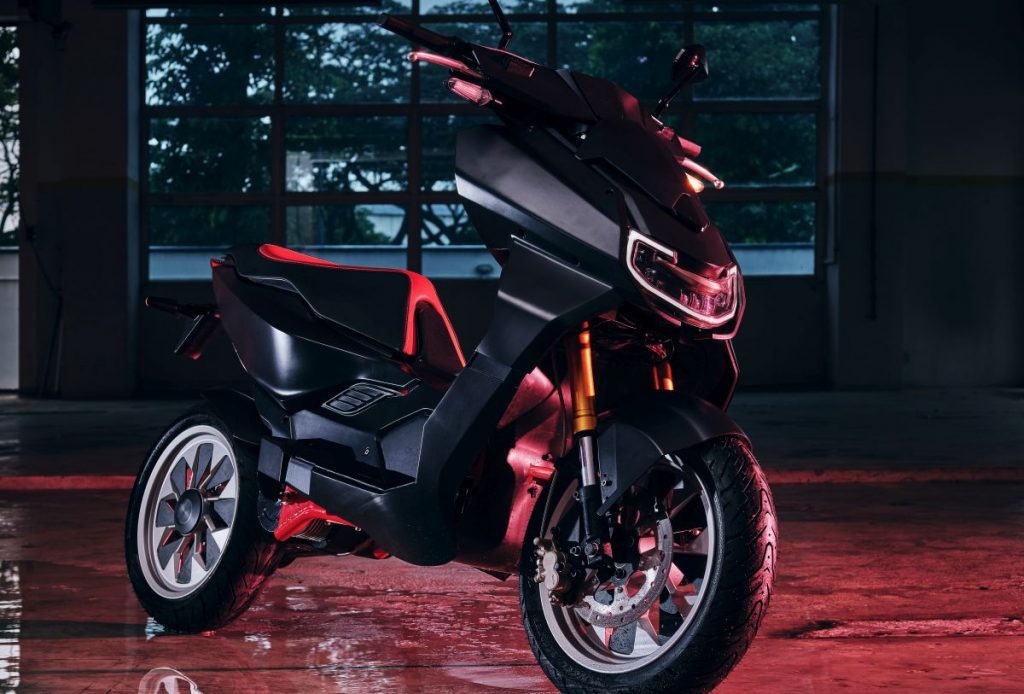
Secara kesimpulannya, Indonesia komited untuk menggalakkan ekosistem kenderaan elektriknya, mendorong penggunaan motosikal elektrik, dan memajukan industri berkaitan untuk memberi sumbangan positif kepada pertumbuhan ekonomi negara dan kelestarian alam sekitar.


